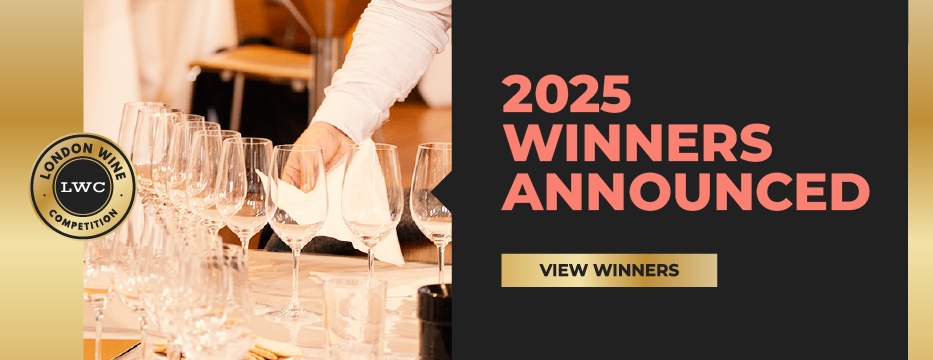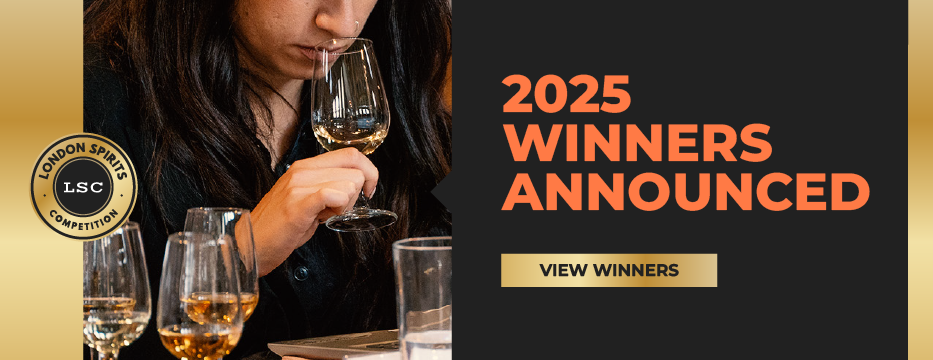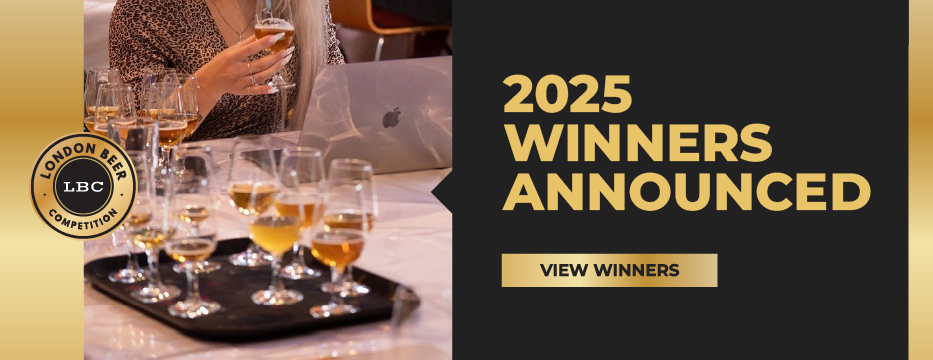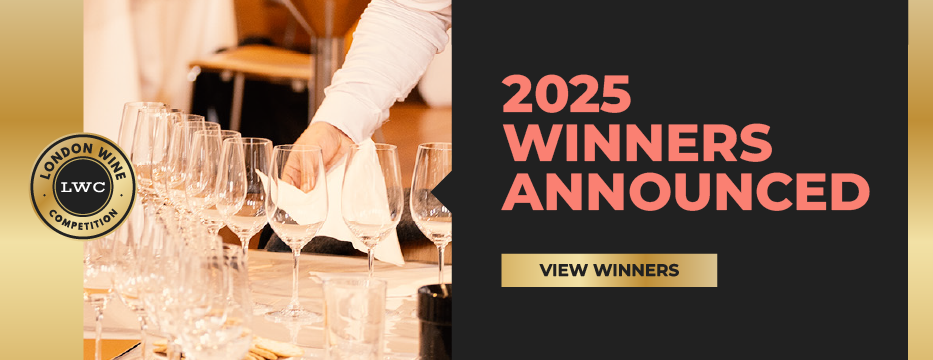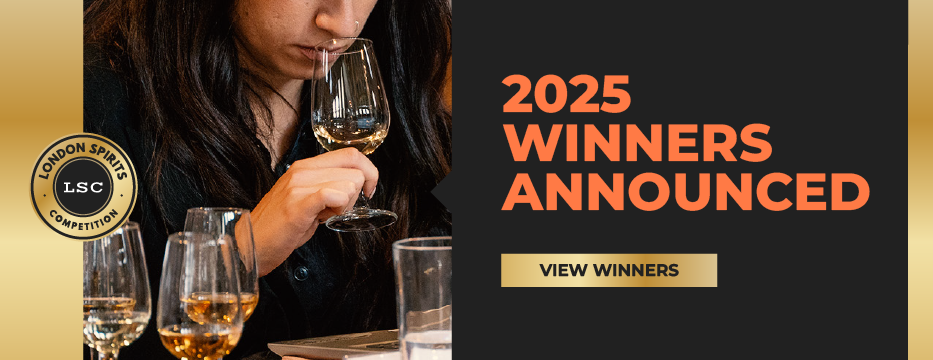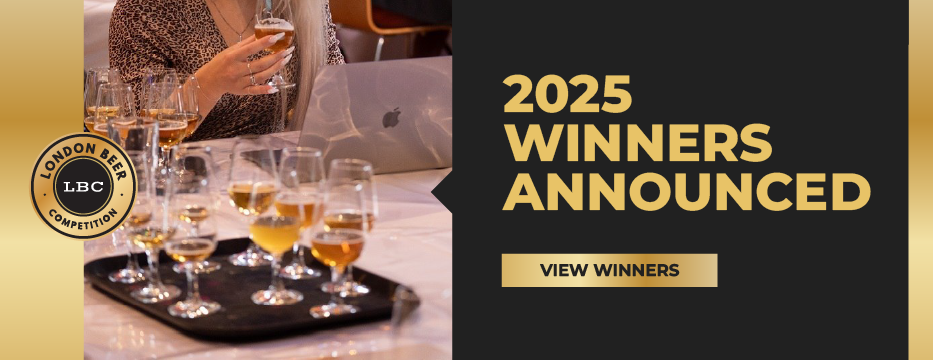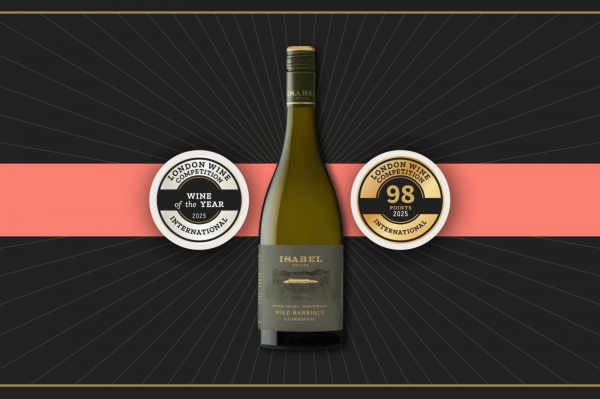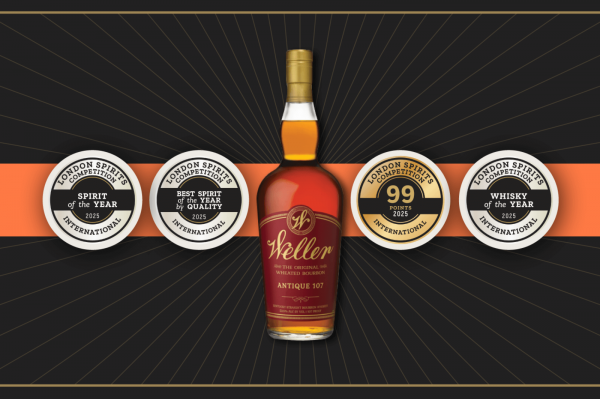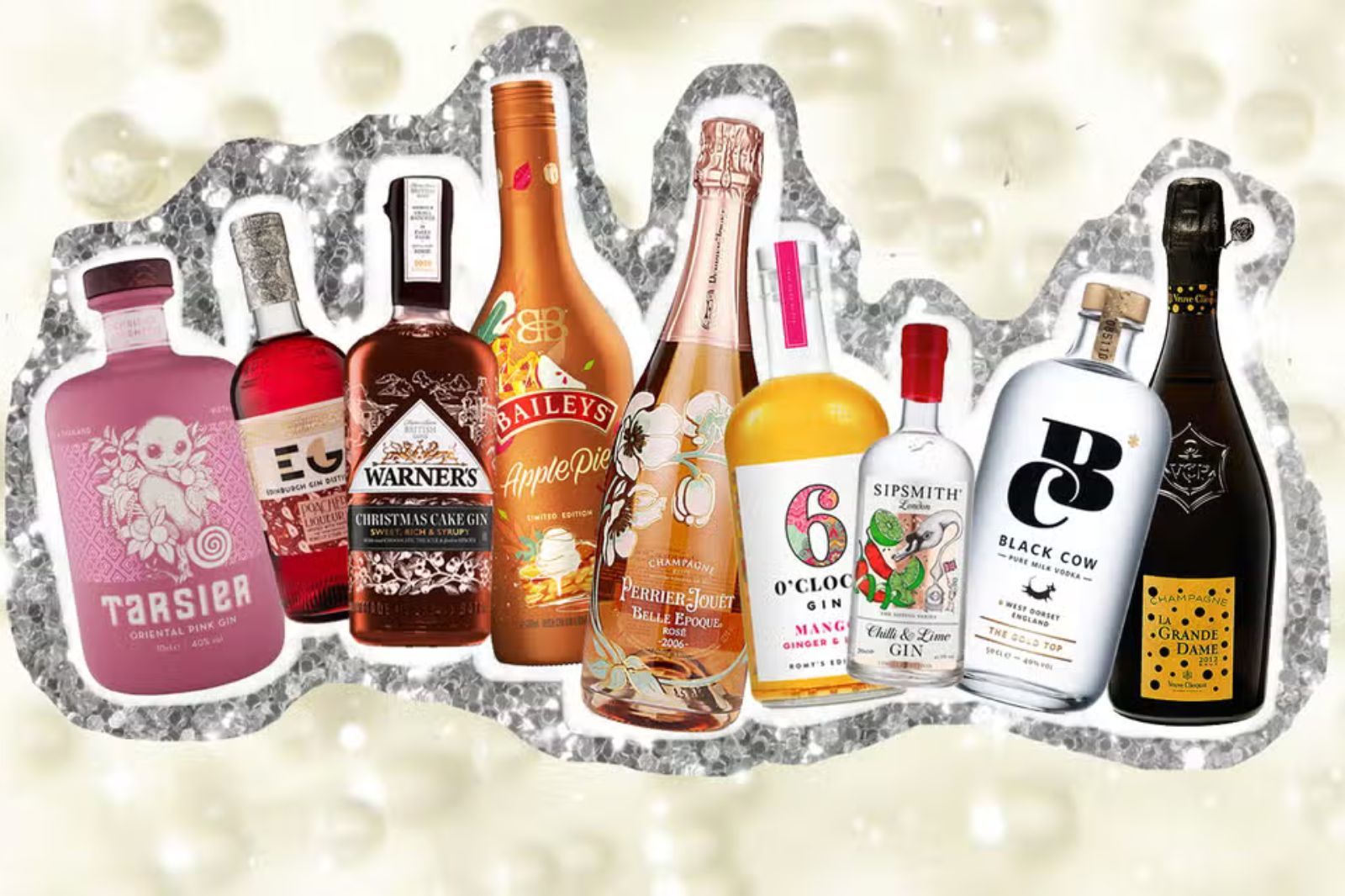
Supplier Support
The Strategic Art Of Limited Edition Releases
15/07/2024 Discover how limited edition releases in the UK spirits market drive demand, enhance brand value, and captivate consumers with exclusivity.
Limited edition releases in the spirits market have become a significant trend in the UK, with brands leveraging scarcity to drive demand and elevate their prestige. This strategy has been particularly prominent in the off-trade spirits market, where retail sales are conducted outside licensed premises such as bars and restaurants. This article delves into how brands create scarcity, the economics behind limited edition releases, and the impacts on sales and brand value.
Creating Scarcity and Driving Demand
The Art of Limited Production: Brands in the spirits market often employ the strategy of limited production to create a sense of exclusivity. By capping the number of bottles produced, brands ensure that their products are not easily accessible, making them more desirable. For instance, Glenfiddich, a renowned Scotch whisky brand, frequently releases limited-edition whiskies with unique cask finishes or age statements. These releases are often accompanied by intricate packaging and numbering, enhancing their collectible appeal.
Strategic Partnerships and Collaborations: Collaborations with celebrities, artists, or other brands can significantly boost the allure of a limited edition release. For example, Johnnie Walker has partnered with HBO's "Game of Thrones" to produce a series of limited edition whiskies inspired by the show's houses and characters. These partnerships not only tap into the fan base of the collaborators but also create a buzz that extends beyond the typical spirits market.
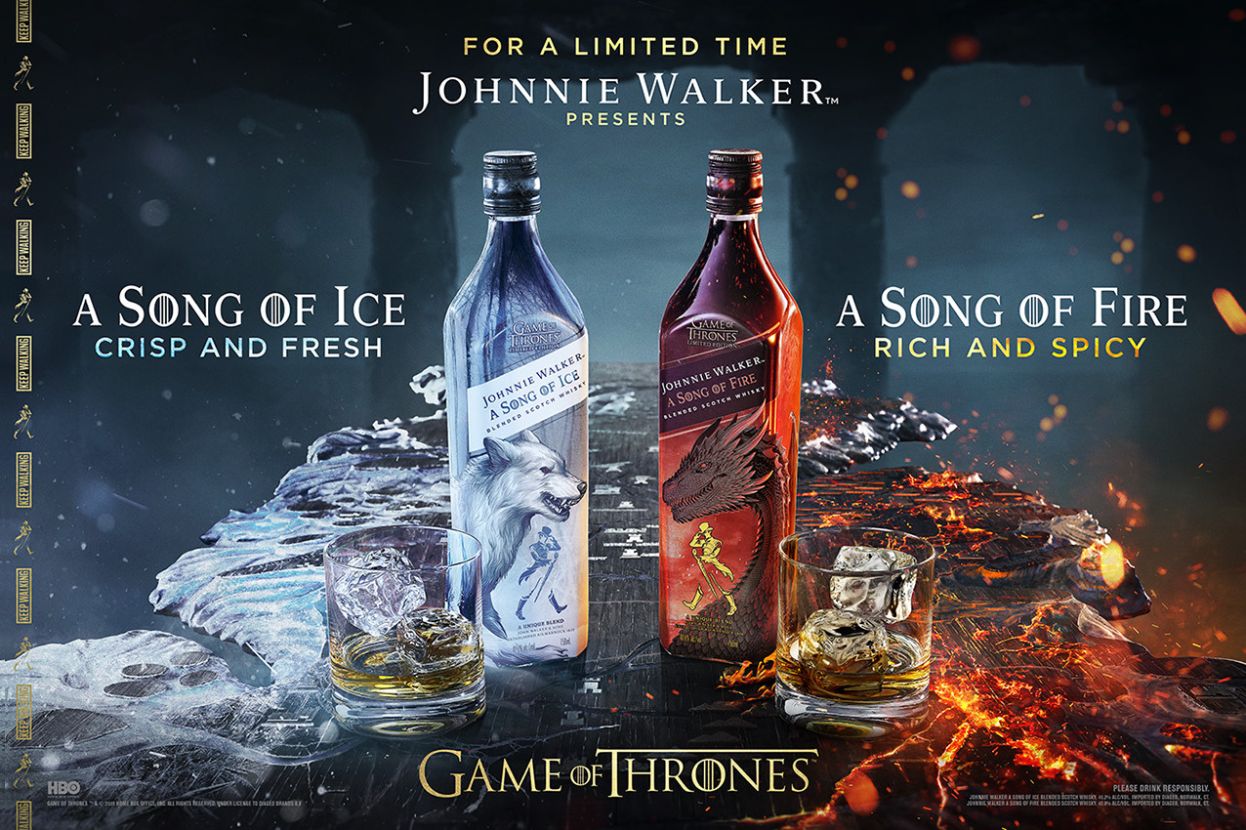
Source: MultiVu
Utilizing Special Occasions: Brands often time their limited edition releases to coincide with significant events or anniversaries. This strategy provides a thematic backdrop for the product and capitalizes on the heightened consumer interest during these periods. An excellent example is Diageo’s annual Special Releases series, which features rare and unique whiskies from its vast portfolio, timed for release during the holiday season when gift purchases are at their peak.
Leveraging Marketing and Storytelling: Effective marketing and storytelling are crucial in driving demand for limited-edition releases. Brands craft narratives around their products, highlighting unique aspects such as the origin of the ingredients, the expertise of the distillers, or the historical significance of the release. The Macallan, for instance, excels in this area by creating compelling stories around its limited-edition releases, often tying them to specific eras or legendary figures in whisky history.
Understanding the Economics Behind Limited Edition Releases
Production Costs and Pricing Strategies: Limited edition spirits often come with higher production costs due to the use of rare ingredients, unique cask aging processes, and premium packaging. However, these costs are offset by the higher price points that these products command. Consumers are willing to pay a premium for exclusivity and the perceived added value of a limited edition product.
Inventory Management and Risk Mitigation: For brands, limited edition releases allow for more controlled inventory management. By producing a finite number of bottles, companies can better predict demand and avoid overproduction. This approach minimizes the financial risk associated with unsold stock. Additionally, the limited nature of the product can create a sense of urgency among consumers, leading to quicker sales turnover.
Brand Differentiation and Competitive Edge: In a saturated market, limited edition releases help brands stand out and differentiate themselves from competitors. These products often serve as flagship items that showcase the brand’s innovation and craftsmanship. For instance, the Ardbeg Distillery frequently releases limited editions that push the boundaries of traditional whisky-making, thus reinforcing its reputation for creativity and excellence.
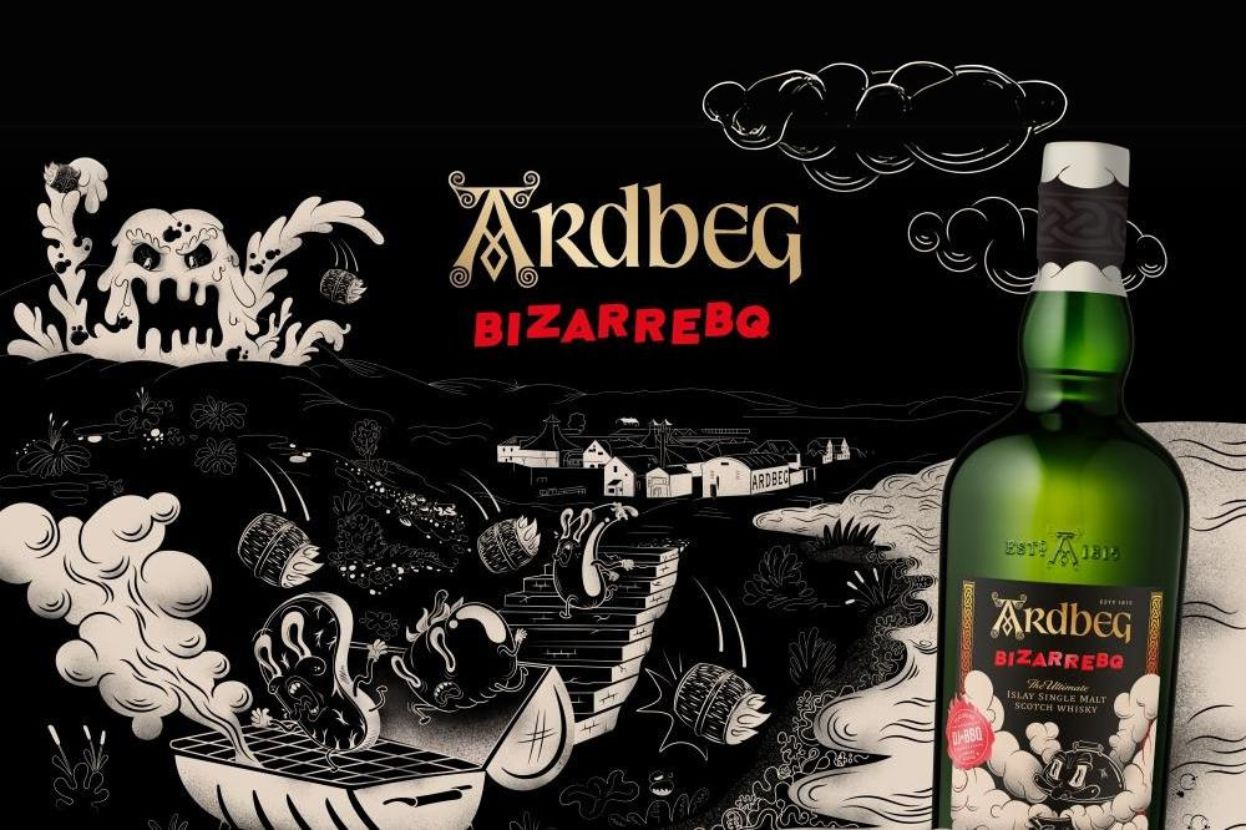
Source: Robb Report
Impact on Sales and Brand Value
Immediate Sales Boost: Limited edition releases often generate substantial immediate sales. The scarcity and exclusivity associated with these products create a frenzy among consumers, leading to quick sell-outs. This surge in sales is particularly beneficial during peak periods, such as holidays, when consumers are more inclined to make high-value purchases.
Enhanced Consumer Loyalty: Consumers who secure limited-edition bottles often develop a deeper connection with the brand. The satisfaction of owning a rare and exclusive product fosters loyalty, encouraging repeat purchases and advocacy. For example, the loyalty among fans of Suntory’s Hibiki range is partly driven by the brand’s periodic limited-edition releases, which become prized possessions among collectors.
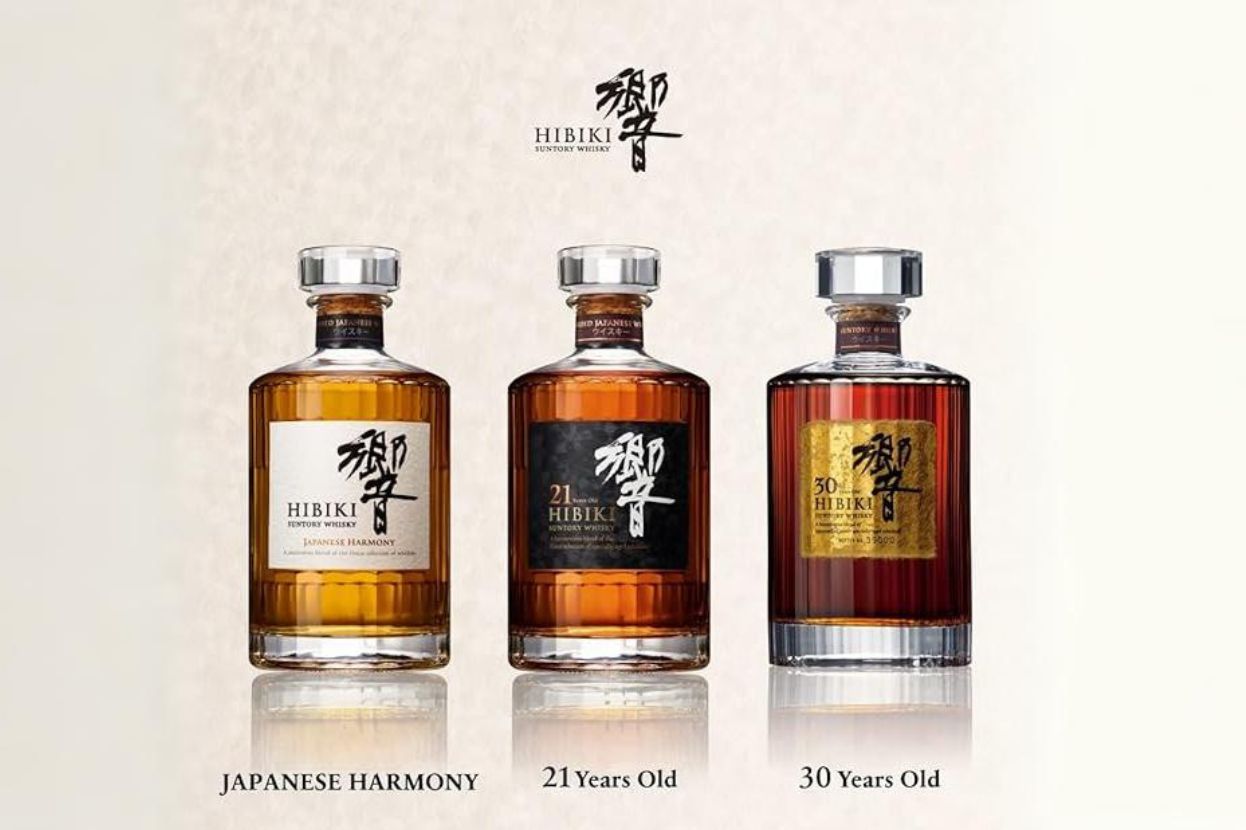
Source: The House of Suntory
Secondary Market Dynamics: The secondary market for limited edition spirits also plays a crucial role in driving brand value. Bottles often appreciate over time, becoming sought-after collectibles. This secondary market activity not only keeps the brand in the public eye but also reinforces the perception of its products as valuable investments. Auction houses like Sotheby’s and Bonhams frequently feature rare whiskies in their sales, with some bottles fetching prices exponentially higher than their original retail value.
Media Publicity and Long-Term Brand Health: Limited edition releases generate significant media coverage and public interest through launch events, press releases, and social media campaigns, attracting attention from lifestyle, luxury, and mainstream media outlets. The widespread coverage enhances brand visibility and contributes to its prestige. Strategically, these releases contribute to long-term brand health by maintaining consumer interest and relevance in a competitive market. Continuous innovation and exclusivity ensure sustained growth and secure the brand’s legacy.
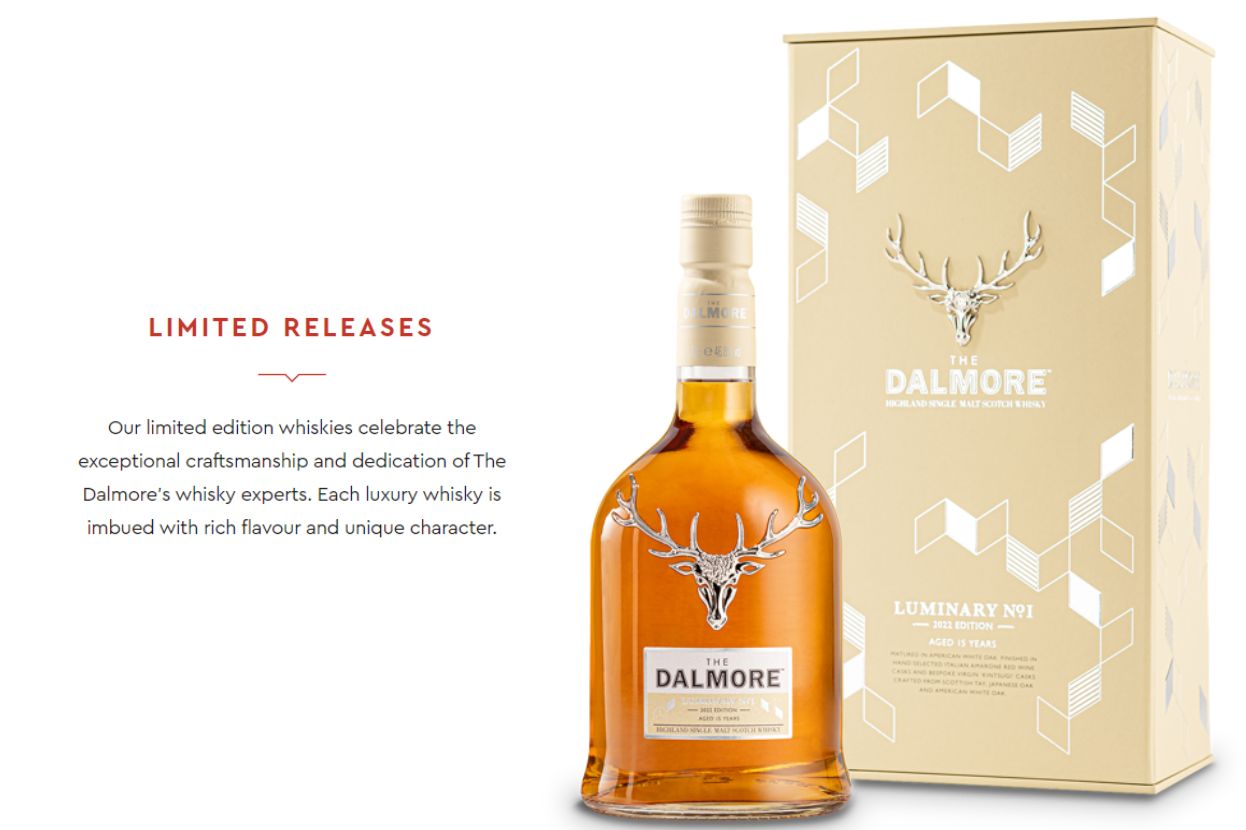
Source: The Dalmore
2024 Limited Edition Releases
Mezcal Amaras Logia Madrecuishe: The 2024 limited edition of Mezcal Amaras Logia Madrecuishe is encased in a ceramic bottle and bespoke case. Made from the rare Karwinskii agave, it features a bright, citrussy nose, transitioning to cedar and peanut butter cupcakes, with a long finish of wildflowers and honeysuckle.
Dalmore Luminary No.2: Part of a series created by whisky and architectural luminaries, is matured in ex-bourbon casks and finished in Graham’s Tawny Port pipes and Apostoles Sherry Casks. The 2024 edition presents notes of fig, Seville oranges, passionfruit, and freshly ground coffee.
Kilchoman Sauternes Cask: This Kilchoman release, matured for at least five years in Sauternes casks, offers notes of butterscotch, candied apricots, salty peat smoke, and a long finish.
Loch Lomond 2000: Celebrating the 152nd Open Championship, this 2024 limited edition from Loch Lomond, distilled in 2000 and finished in manzanilla sherry butts, features flavors of baked apple, nutmeg, marzipan, and toasted oak.
Mac-Talla 2009 Rum Cask Feis Ile 2024: Distilled in 2009, aged in hogsheads, and finished in Cruzan rum casks, presents spicy chargrilled pineapple and papaya notes, with a hint of bonfire embers.
The business of limited edition releases in the UK's off-trade spirits market is a sophisticated interplay of scarcity, marketing, and economic strategy. Brands like Glenfiddich, Johnnie Walker, and The Macallan have mastered the art of creating demand through exclusivity, while the economics behind these releases ensure profitability and controlled risk. The impact on sales and brand value is profound, offering immediate financial benefits and long-term brand equity. As consumer interest in premium and unique products continues to grow, the role of limited edition releases in the spirits market is likely to become even more pivotal.
Header Image Source: The Standard






